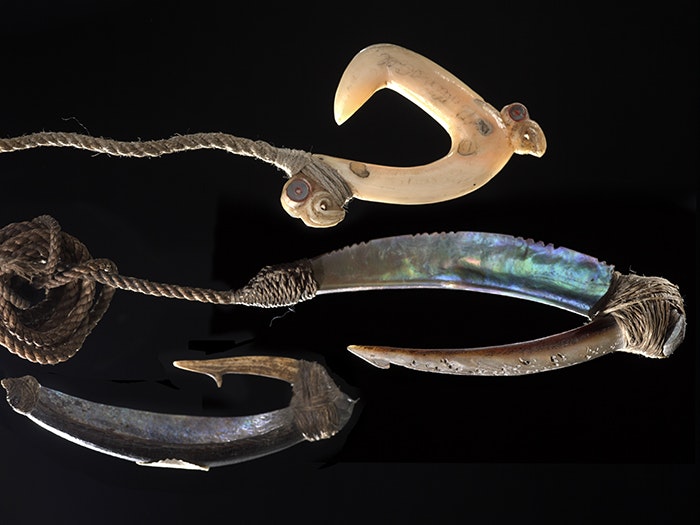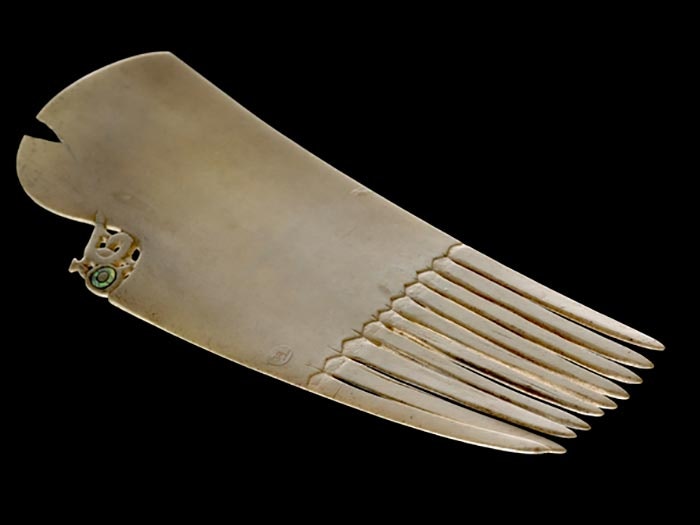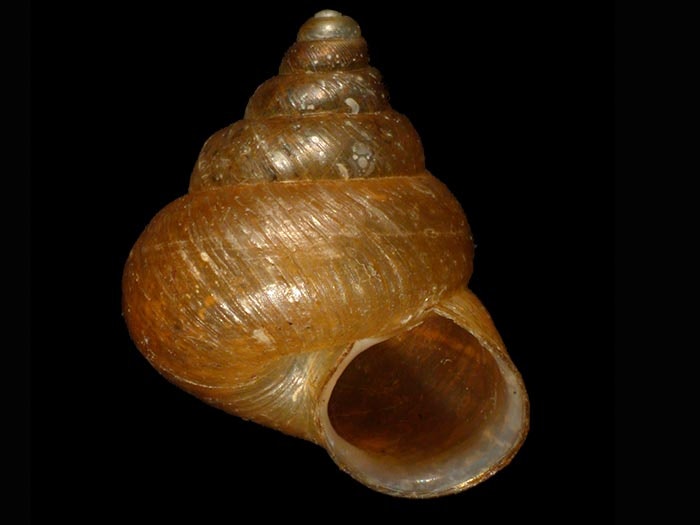
Tuhinga 18, 2007
EAN: 11734337
The trouble about your combs arose this way… Changing interpretations of the Maori Antiquities Act 1908
Moira White
ABSTRACT: The Maori Antiquities Act 1908 regulated the export of Māori artefacts from New Zealand between 1908 and 1962. The legislation allowed the Minister of Internal Affairs to approve the inclusion of Māori artefacts as part of exchange arrangements between New Zealand and overseas museums. Government officials were advised in such matters by staff of the then Dominion Museum. An examination of a number of applications to export exchange material under the Act during the 1920s reveals changes in the interpretation of the Act by government and museum individuals.
The trouble about your combs arose this way…Changing interpretations of the Maori Antiquities Act 1908 (491.63 KB)
Perspectives of Māori fishing history and techniques. Ngā āhua me ngā pūrākau me ngā hangarau ika o te Māori
Chris D. Paulin
ABSTRACT: To pre-European Māori, fishing was a significant component of subsistence, and the abundant coastal fish stocks provided a rich and readily available resource. However, interpreting early Māori fishing activities using indirect sources of information, including oral traditions, archaeological evidence and historical accounts, may reflect regional, localised and chronological variation, and also be subject to cultural interpretation. Pre-European Māori fishing provided the main source of sustenance, with methods of procuring fish based on the careful observations of generations of fishermen. Fish were taken with nets (some over a mile/ 1.6 kilometres in length), traps, spears and hook-and-line. Fishhooks made of wood, stone, bone, ivory or shell, based on designs developed over many thousands of years, were used as pā kahawai, pohau mangā or matau. Māori use of traditional materials to make hooks rapidly declined in favour of metals after European contact, although the demand for Māori artefacts by curio hunters in the late nineteenth and early twentieth centuries led to the manufacture of large numbers of replica traditional hooks for trade. Early explorers, historians and archaeologists have commented that they considered the Māori hooks to be ‘ill made’ or ‘impossible looking’, and were unable to decide how the hooks actually caught fish. Matau were made to a ‘circle’ design and function in a different manner to modern J-shaped steel fishhooks to catch fish. Recently, many commercial long-line fisheries have readopted the traditional hook shape in recognition of its advantages and improved catch rates.
Perspectives of Māori fishing history and techniques. Ngā āhua me ngā pūrākau me ngā hangarau ika o te Māori (1.07 MB)
A revision of New Zealand landsnails of the genus Cytora Kobelt & Mōllendorff, 1897 (Mollusca: Gastropoda: Pupinidae)
Bruce A. Marshall and Gary M. Barker
ABSTRACT: The endemic New Zealand cyclophoroidean genus Cytora is revised. A total of 42 species are recognised, of which 23 are described as new. All taxa are described and illustrated with colour photographs and scanning electron microscope images.
A revision of New Zealand landsnails of the genus Cytora Kobelt & Mōllendorff, 1897 (Mollusca: Gastropoda: Pupinidae) (8.90 MB)

